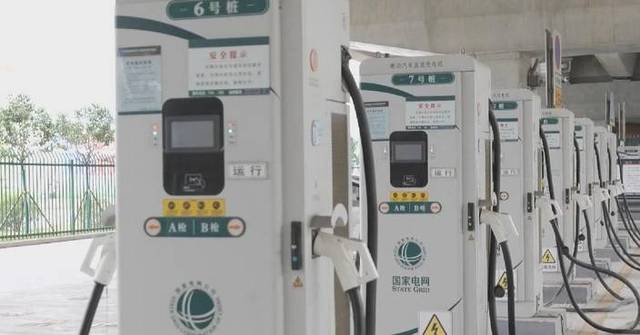China's Energy Evolution and Lunar Exploration Milestone
Key Ideas
- China's gas stations are evolving to offer multi-energy services including charging and hydrogen, supporting the shift towards new energy vehicles.
- The country is building a zero-carbon society and developing a new power system, aiming for a comprehensive energy transformation by 2030.
- Peking University and other Chinese universities have established a simulated moon underground space base for innovative deep space exploration research.
- Robots are autonomously exploring the volcanic lava cave to simulate moon underground conditions, improving capabilities for future space exploration.
The blue paper on China's gas and charging station development reflects the country's significant progress in the energy sector. The integration of charging, hydrogen, and other services in gas stations to meet the needs of new energy vehicles marks a positive step towards sustainable transportation. China's vision to create a zero-carbon society and enhance its energy infrastructure by 2030 indicates a strong commitment to environmental goals. On the other front, the establishment of a simulated moon underground space base showcases China's ambition in space exploration. The collaboration between universities for deep space research and the deployment of advanced robots for autonomous exploration underline China's technological advancements. The simulated moon underground space base not only serves as a learning platform but also contributes to preparations for future lunar missions. Overall, China's dual achievements in energy evolution and lunar exploration portray a country at the forefront of innovation and sustainability.
